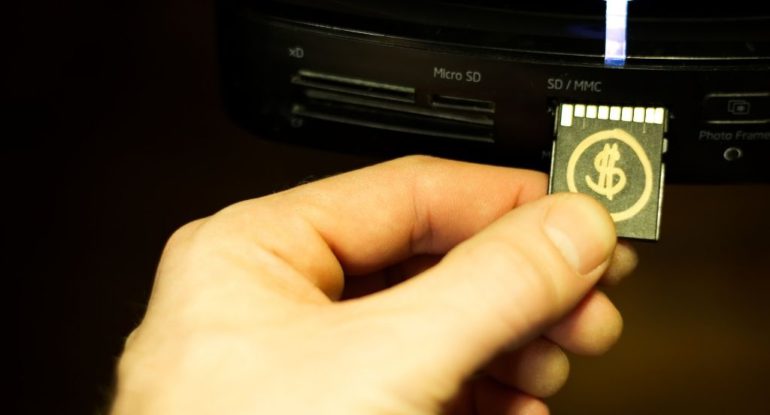What Is Proof Of Stake And Is It Subvertible?

It is easy to recover from the first point of divergence since the validator set is undisputed. But does it matter? According to theory, someone must have acted dishonestly someplace for two consistent but opposed interpretations of history to arise. If so, it should be simple to identify the location, establish the dishonest behavior, and eliminate the person’s stake.
This argument has a flaw in that it disregards the passage of time. The history will need to be rewritten from that point on if a validator from ten years ago double-signs mutually incompatible blocks, that is, publishes a newly signed contradictory counterpart to the block that was confirmed ten years ago. The stake of the malicious validator is reduced. Transactions that use the staking incentives and transactions that come after them are now invalid. The benefits for the validator could eventually become a significant portion of the blockchain economy given enough time. A coin recipient cannot be sure that all dependencies will continue to be accurate in the future. Because it is neither more expensive nor difficult to restructure the distant past than the recent past, there is no finality.
The Proof of stake is the substitue
Restricting the depth at which reorganizations are permitted is the sole solution to this issue. Conflicting historical interpretations whose first point of divergence is older than a specific age threshold are disregarded. When given a different opinion whose first point of departure is older, nodes reject it without determining whether it is true. Continuity is ensured as long as specific nodes remain active at all times. If too-deep reorganizations are prohibited, the blockchain can only develop in one direction.
Proof of stake becomes a subjective consensus method with this solution. The answer to the question “what is the present condition of the blockchain?” will vary depending on who you ask. It cannot be independently verified. An attacker can create a different version of history that is just as consistent with the true one. A node can only determine which view is right by choosing a group of peers and accepting their judgment.
We’re in 2022 and still I often am asked about Blockchains and its environmental effect of using masses of energy. I don’t get tired to explain that Proof of Stake (or second generation) Blockchains are quite eco friendly and here is why 👇
— Peter Grosskopf (@peterlih) July 4, 2022
Any security analysis or cost-of-attack estimate that considers what occurs on “the” blockchain and ignores the natural world in which it exists is fundamentally incorrect. If it costs too much to create this alternate version of history, it could be claimed that this hypothetical attack is irrelevant. Despite the possibility that the opposite counterargument is valid, the cost is an objective statistic; therefore, whether it is reasonable depends on circumstances beyond the blockchain. For instance, the attacker might lose everything he has invested in one version of history. Still, he doesn’t care because he can ensure that legal or social methods will recognize the alternative version.
A proof-of-stake cryptocurrency’s internal characteristic is that both the cost and the reward are arbitrary. Why would a hacker use his assault if the outcome was not a reward mechanically determined by his inventiveness but rather a broadcast from the cryptocurrency’s official development team outlining their decision in favor of the other branch? There may be external payouts, such as from financial options that expect the price to fall or the pure joy of causing mayhem. The low likelihood of internal payouts undermines the argument that the market capitalization of existing proof-of-stake cryptocurrencies constitutes an effective attack bounty.
Also, read – Harmony is providing a $1 million bounty, for Horizon Bridge hack.
OBJECTIVITY AND MONEY
Adequate debt settlement calls for agreement between the parties to the transaction, particularly about the currency and sum of money. A disagreement will result in the continuation of unresolved claims and an unwillingness to conduct future business on similar or comparable conditions.
Everyone doesn’t need to concur on a particular form of payment for debt settlement to be effective. In areas of the global economy where there is unanimity, a subjective currency can be helpful. However, to close the gap between any two pockets of micro-economies, or more generally between any two people worldwide, requires international agreement. That is accomplished through an objective consensus procedure, not a subjective one.
Cryptocurrencies based on proof-of-stake cannot serve as a new pillar for the global financial system. There are nations around the globe whose courts are not acknowledged by one another. War is the only option when disagreements over the historical perspective are present.
Even people who do not write code, such foundations that create and promote proof-of-stake blockchains, risk being held liable for arbitrarily choosing a negative perspective of history (to the plaintiff). They have every motive and duty to hold those accountable for their losses to recover them. What transpires when a cryptocurrency exchange permits a sizable withdrawal following a deposit in a proof-of-stake currency where the transaction is only recorded in one branch of two opposing timelines? The deal might choose the viewpoint that helps their business. Still, suppose the rest of the community decides the opposite view after being persuaded by the foundations, developers, and influencers’ PGP signatures, tweets, and Medium posts. In that case, the exchange will be left with the tab.




























































